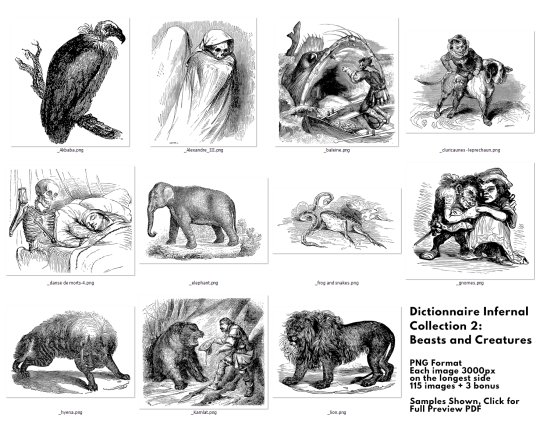

The Boneturner's Tale Main article: The Boneturner's TaleĪ version of The Canterbury Tales that is aligned with The Flesh and grants its reader the power to manipulate, reshape, or remove bones from living creatures. Part of the "Yousuf case", which caused Daisy Tonner and Basira Hussain to be familiar with Leitner by name. The entity it is aligned with is never explicitly revealed, but given its themes of disease, it is almost certainly connected to The Corruption. A Journal of the Plague Year Main article: A Journal of the Plague YearĪ version of Daniel Defoe’s A Journal of the Plague Year which spreads infection. SpiderĪ picture book tied to The Web that entrances its reader and leads them to be taken by Mr. The entity it is aligned with is never revealed, but given that members of the Lukas Family possess a very similar ability, The Lonely seems a likely possibility.Ī Guest for Mr. Note: Official titles are used when available, unofficial or placeholder titles are denoted by an asterisk.Ī Disappearance Main article: A DisappearanceĪ pamphlet that causes the reader to disappear without a trace if read in its entirety. John also mentions that "all" of the books from the library are custom editions of known texts on dæmonology or the arcane in, though this idea has not held in canon, with books that would have been known to him and the Institute at that time such as DIG. Jonathan Sims similarly theorized that attempting to rip a book of The Slaughter in half may have intensified its effects.

Leitner hypothesized that some (likely those affiliated with The Desolation) even liked the flames, and upon burning would be "released to take a different form". Some of the books can be destroyed by means such as burning while others resist attempts at destruction. They frequently have unusual interactions with architecture that was either designed by Robert Smirke or based on his principles of balance. It seems to stabilize their effects to a degree and allows for safer storage. Leitner refers to them as "the essences of The Entities in a purer form" they generally only correspond to a single entity (with some exceptions such as the Key of Solomon). In general, the books are more powerful than any other supernatural artefacts, though individual books may range from "innocuous" to "unsettling" to "murderous". Robert Smirke called them "secret" books. It is unclear if they were referred to as something else before him, or if they were thought of as "each one a thing unto itself". 2.18 Security Camera Instruction Manual*īooks with paranormal properties are often referred to as "Leitners" whether or not they were actually in his library.2.17 Sanskrit poetry book about dead animals*.2.16 Old crumbling book with no library markings *.


 0 kommentar(er)
0 kommentar(er)
